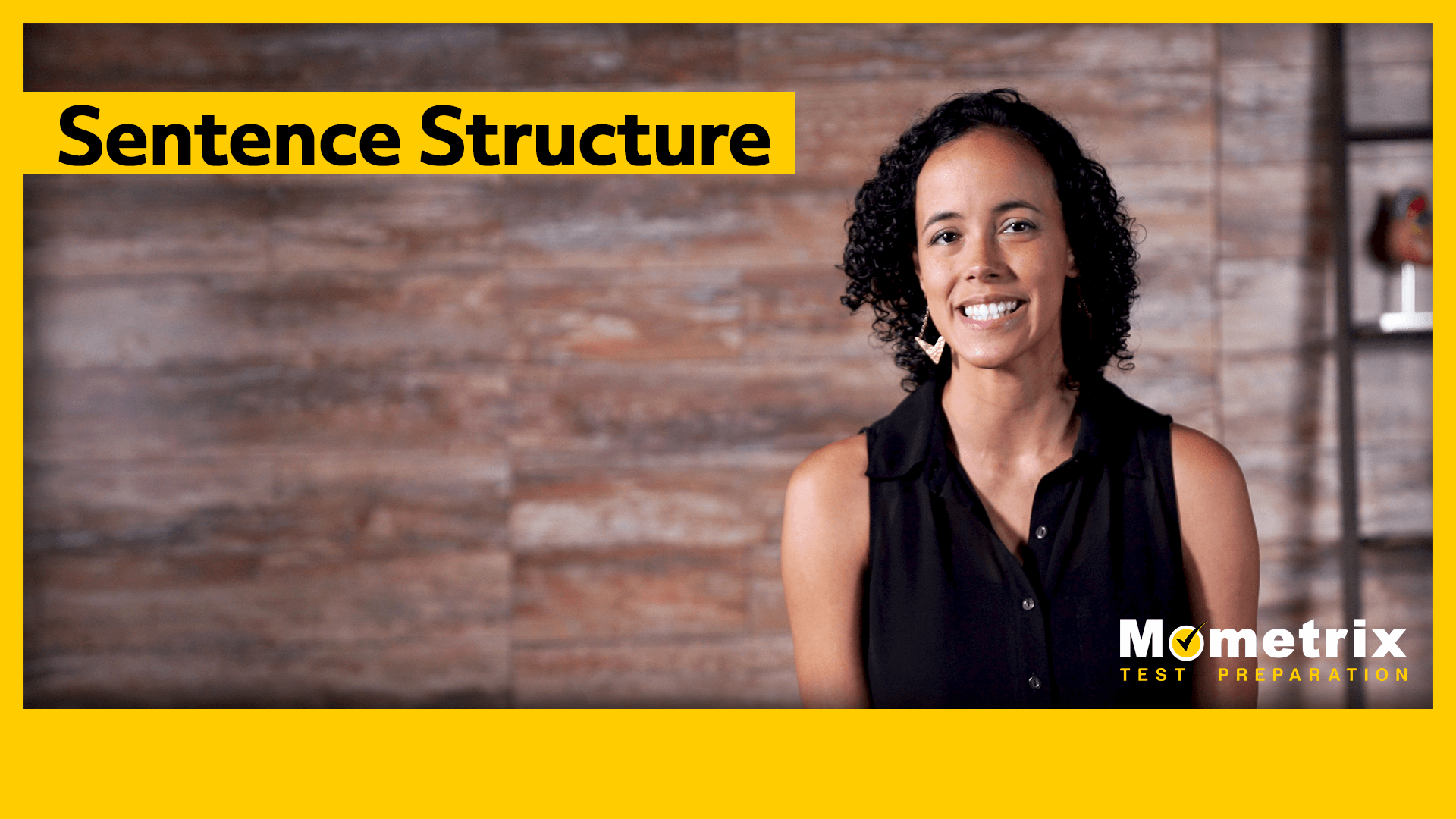
Hey guys! Welcome to this video on sentence structure. In this video, we’ll learn about the different types of sentences, so you can make sure your writing is interesting and engaging to the reader.
Take a look at this paragraph:
How did this paragraph sound to you? Monotonous, boring, and uninteresting, right?
How about this version:
Sounds a lot better, right?
While there are many differences between these two paragraphs, the main difference is that the first used the same, simple type of sentence throughout, while the second used many different types of sentences in order to enhance the content.
Simple Sentences
The first type of sentence we’re going to look at is a simple sentence, which consists of both a subject and predicate and can stand independently as its own sentence. A simple sentence is essentially the same thing as an independent clause.
Let’s look at an example:
There is only one independent clause, with a subject (the old car) and a predicate (survived the drive across the country, despite the weather conditions).
Compound Sentences
Let’s move on to the second type of sentence: compound sentences.
A compound sentence consists of two independent clauses, joined together by a conjunction.
Here’s an example:
Note that there are two independent clauses here that could stand alone as sentences. You could just as easily write “Max drove to the store. Ben picked up the grills.” But we’ve joined these two independent clauses together by using the conjunction and.
Another example would be:
The first independent clause is “Josh was able to get home in time for dinner” and the second is “Ariana was stuck on the busy freeway”. The two clauses are joined by the conjunction but. The beginning of the sentence, “With all the heavy traffic,” is a prepositional phrase and does not have any bearing on this type of sentence.
Complex Sentences
The third type of sentence is a complex sentence, which consists of one independent clause with the addition of one or more dependent clauses.
Let’s look at an example:
The first part of the sentence, “After she took the time to clean her room,” is a dependent clause—more information is needed for it to serve as its own independent sentence. The second part of the sentence, “Sara could finally play with her new dollhouse,” is an independent clause, because it has a subject and predicate and can stand alone as a sentence.
Compound-Complex Sentences
The last type of sentence is a compound-complex sentence. This type of sentence contains two independent clauses, as well as a dependent clause.
An example would look something like this:
The two independent clauses are “all the beams need to be checked” and “the ladder must be connected”. They are combined using the conjunction and. The start of the sentence, “Before the treehouse is used for the first time,” is a dependent clause, since it has a subject (the treehouse) and a predicate (is used for the first time) but cannot stand independently as its own sentence.
We hope this quick review of sentence structure leaves you prepped and empowered. See you next time!
Frequently Asked Questions
Q
What is a simple sentence?
A
A simple sentence is a sentence that is made up of a single independent clause. There are no dependent clauses in a simple sentence. Here are a couple of examples:
"Kaden waited for the taxi."
"Ashley enjoys rainy weather."
Q
What is a compound sentence?
A
A compound sentence is made up of two independent clauses joined together in one of the following ways: by a comma and a coordinating conjunction, a semicolon and a conjunctive adverb, or simply joined by a semicolon.
Here is an example of a compound sentence that includes a comma and a coordinating conjunction; the independent clauses are underlined:
"He wasn’t feeling well, so he stayed home from school."
Here is an example of a compound sentence that includes a semicolon and a conjunctive adverb; the independent clauses are underlined:
"Lena studied for her exam; thus, she felt confident when taking it."
Here is an example of a compound sentence that includes only a semicolon; the independent clauses are underlined:
"Check back here tomorrow; I will see if the package has arrived then."
Q
What is a complex sentence?
A
A complex sentence is made up of a dependent clause and an independent clause, often joined together using a comma. Here’s an example:
"Since Jamie washed the dishes yesterday, it is your turn to wash them today."
In this sentence, the dependent clause "Since Jamie washed the dishes yesterday" is being joined with the independent clause "it is your turn to wash them today." Since the independent clause appears first, a comma is used to join it with the independent clause. If the independent clause appears first, no comma is needed. Here’s an example:
"It is your turn to wash the dishes today since Jamie washed them yesterday."
Q
What is a compound-complex sentence?
A
A compound-complex sentence is made up of at least three clauses: two independent clauses and one or more dependent clauses. Here’s an example:
"Though we both love animals, I prefer cats, and she prefers dogs."
In this example, there are two independent clauses: "I prefer cats" and "she prefers dogs." There is one dependent clause: "Though we both love animals."

